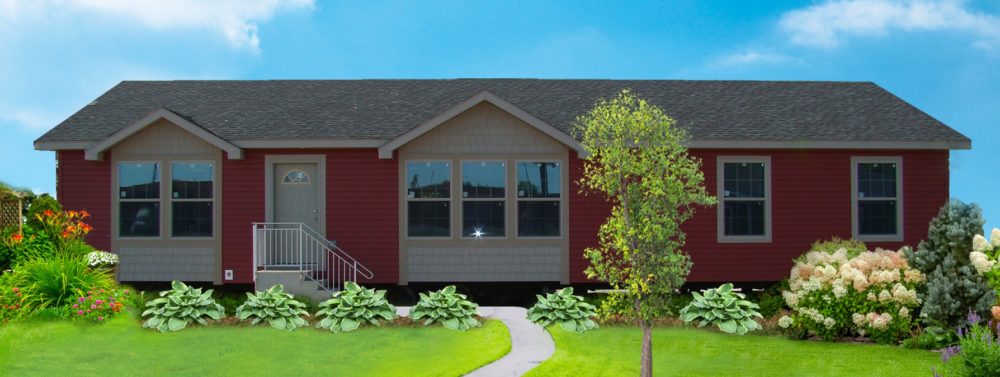Wikipedia defines modular building as:
Modular buildings and modular homes are sectional buildings, or houses, that consist of multiple sections called modules. The modules are six sided boxes constructed in a remote facility, then delivered to their intended site of use. Using a crane or roller system, the modules are set onto the building’s foundation and joined together to make a single residential, or commercial, building. The modules can be placed side-by-side, end-to-end, or stacked up to 6 stories in height, allowing a wide variety of configurations and styles in the building layout.
Modular buildings differ from mobile homes, which are also called manufactured homes, in two ways. First, modular homes do not have axles or a frame, meaning that they are typically transported to their site by means of flat-bed trucks or on a chassis. Secondly, modular buildings must conform to all local building codes for their proposed use, while manufactured homes, made in the United States, are required to conform to federal codes governed by HUD (U.S. Department of Housing and Urban Development). There are some residential modular buildings that are built on a steel frame (referred to as on-frame modular) that do meet local building codes and are considered modular homes, rather than mobile homes. [1] A key point to be reiterated is that modular is a construction method and not always a type of home.
Factory Built Homes Defined
Courtesy of NMHC – National Modular Housing Council
There are many different kinds of “factory-built” homes. Do you know the difference?
Many types of structures are built in the factory and designed for long-term residential use. It may surprise you to learn that almost all homes built today are comprised of some type of “factory-built” component. The differences in the types of factory-built housing can be summarized as follows:
Modular Homes: These homes are built in a factory as modules that meet the state or local building code where the home will be located. Modules are transported to the site, installed on foundations, and completed. A modular home is comprised of two or more modules.
Panelized Homes: These are homes in which panels – a whole wall with windows, doors, wiring and outside siding – are transported to the site and assembled. The homes must meet state or local building codes where they are sited.
Pre-Cut Homes: This is the name for homes in which building materials are factory-cut to design specifications, transported to the site and assembled. Pre-cut homes include kit, log and dome homes. These homes must meet local, state or regional building codes.
Manufactured Homes: These are homes built entirely in the factory under a federal building code administered by the U.S. Department of Housing and Urban Development (HUD). Manufactured homes may be single- or multi-section and are transported to the site and installed.
Manufactured and Modular homes are both built in a factory but there are differences. Click the tabs below to learn more about both.
